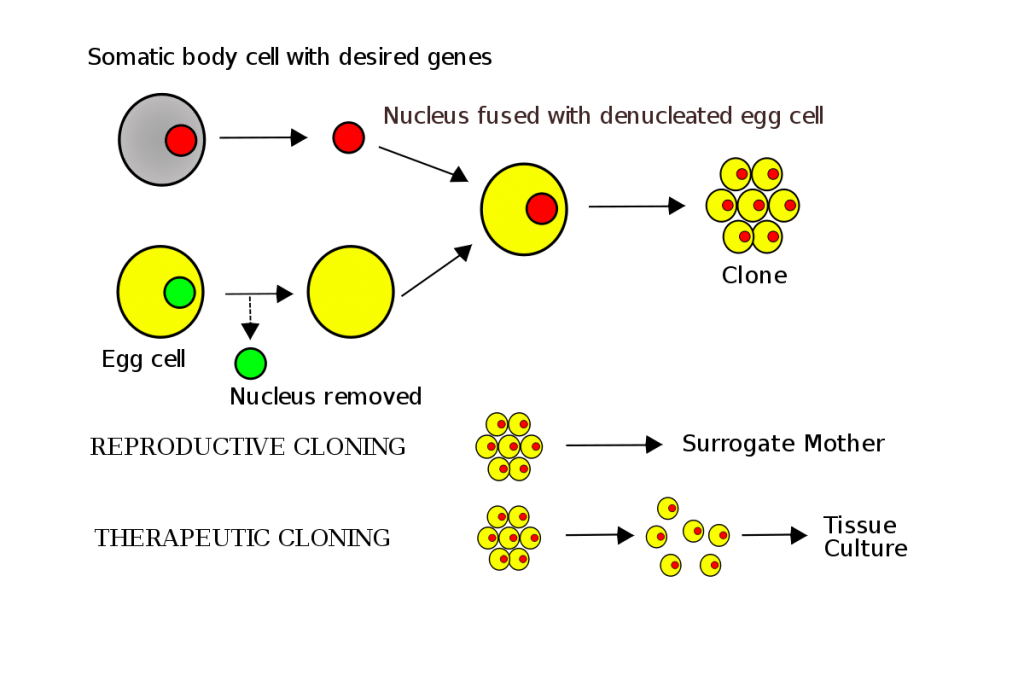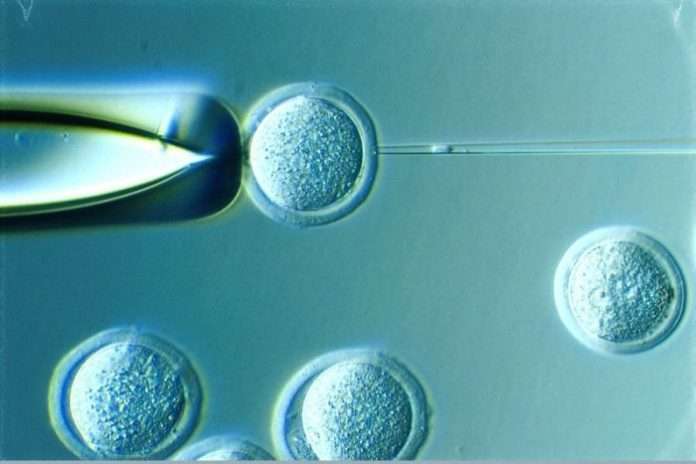You must’ve heard of Dolly, the Sheep. If not, it was the first mammal successfully developed using somatic cell nuclear transfer (SCNT). Since then, SCNT has come a long way and advanced significantly. If you want to learn about SCNT and how it works, keep reading.
Here is all you need to know about somatic cell nuclear transfer
Table of Contents
What Is Somatic Cell Nuclear Transfer?
Somatic cell nuclear transfer (SCNT) is a technique of developmental biology in which the nucleus of a somatic cell or body cell is transferred to the cytoplasm of an enucleated cell whose nucleus has been removed. Once the nucleus enters the enucleated cell, it develops into a zygote. Scientists allow the egg to develop to a blastocyst stage before creating a point of culture of embryonic stem cells.
SCNT enables scientists to make embryonic stem cells (ESCs) of humans, monkeys, and mice. These ESCs, especially human ESCs, find significant applications in research and medicine.
How Is Somatic Cell Nuclear Transfer Performed?
The SCNT process comprises two cells: a female gamete and a somatic cell. The somatic cell can be any cell in the human body, such as liver cell, skin cell, fat cell, etc.

The first step is to remove the genetic material from the donor cell, leaving it unprogrammed. Now, the performer has a somatic cell and an enucleated cell. The next step is to fuse the two cells by putting a somatic cell into the empty ovum. Thereafter, the perform reprograms the somatic cell nucleus.
Now, the ovum contains the somatic cell’s nucleus.
The third step is to stimulate the somatic cell’s nucleus using a shock. This will cause it to divide. Once the egg divides, it becomes capable of producing an adult organism with all the needed genetic information.
Now, the cell will undergo numerous mitotic divisions with identical genomes, creating clones. That is, in a nutshell, how somatic cell transfer occurs.
Applications of Somatic Cell Nuclear Transfer
SNCT has been one of the most revolutionary discoveries in developmental biology. It has paved the way for various research opportunities and medical advancements. Let’s look at three main applications of SNCT.
Stem Cell Research
Somatic cell nuclear transfer has set the foundation for stem cell research. The focus of stem cell research is to extract pluripotent cells from an embryo. Since these cells are genetically identical to the donor, it enables the creation of person-specific pluripotent cells. These cells facilitate further medical research and various therapies.
If you are new to the concept of stem cells, here’s a quick explanation to help you out. Stem cells are the original cells in a body — the most basic cells from which all other complex cells and tissue systems develop. Researchers can extract these cells and make them multiply under optimum laboratory conditions.
Stem cell research enables a wide range of opportunities in medical research. Some applications of stem cell research are:
- Determine how diseases occur and affect cells in the body
- Regenerative medicine: Replacing diseased cells with healthy cells
- Testing and discovering new medicines for effectiveness and safety
There are multiple sources of stem cells, including embryonic stem cells, adult stem cells, altered adult cells, etc.
Interspecies Nuclear Transfer
Interspecies nuclear transfer (iSNT) is a type of somatic cell nuclear transfer used to revive and rescue endangered species. It’s similar to cloning using SCNT; however, it requires the use of alternative methods.
Here’s how iSNT works. It comprises two entities: a host and a donor. The cells need to be from two different but closely related species in the same genus. Examples include frogs & toads, mice & rats, etc.
Reproductive Cloning
Reproductive cloning is another popular application of somatic cell nuclear transfer commonly used to clone animals. You must’ve heard of Dolly the Sheep, the first mammal ever to be cloned using SCNT.

While reproductive cloning has come a long way since its inception, it’s far from being efficient. There’s a high risk of fetal and neonatal death. Even if the offspring is born, there’s always a risk of imprinting and developmental disorders, making the process highly ineffective. Some ethical and moral objections also come into the picture when it comes to reproductive cloning.
Scientists believe that the existing reproductive cloning technology isn’t effective enough to clone a full human. Several adjustments and developments will be needed to make it efficacious enough to achieve human cloning.
Another potential application of reproductive cloning is treating diseases related to mitochondrial DNA mutations. Scientists believe that conducting an SCNT of the infected cell with a healthy oocyte could prevent the diseases from entering the genetic code.
What Are the Limitations of Somatic Cell Nuclear Transfer?
Though SNCT has developed significantly over the past several years, it is still not completely effective for cloning animals. The success rate is very low. For instance, everyone knows the famous Dolly the Sheep. However, not many people know it was a result of SCNT of 277 eggs, giving it an efficiency of 0.3% only. Millie, the offspring of Dolly, survived after 95 attempts.
Not only does SCNT have a low-efficiency rate, but it is also highly resource-intensive. There is no way to automate the process, so scientists need to monitor everything under a microscope manually.
SCNT using one-cell embryos has a success rate of 35% only. Although researchers in 2014 managed to achieve a success rate of over 70%, the overall process still remains less effective and highly resource-intensive.
Another hurdle coming in the way of somatic cell nuclear transfer is controversies. Several groups and organizations have called out those who perform SCNT. They make an argument that reproductive cloning and other forms of SCNT are against ethics and morality.
Conclusion
Somatic cell nuclear transfer is a developing field of modern biology that has allowed scientists to tackle several medical challenges. Some of its applications include stem cell research, reproductive cloning, and interspecies nuclear cell transfer.
Despite so many developments, SCNT is far from becoming mainstream. It is resource-intensive and lacks the efficiency needed to become the preferred method of cloning.


















